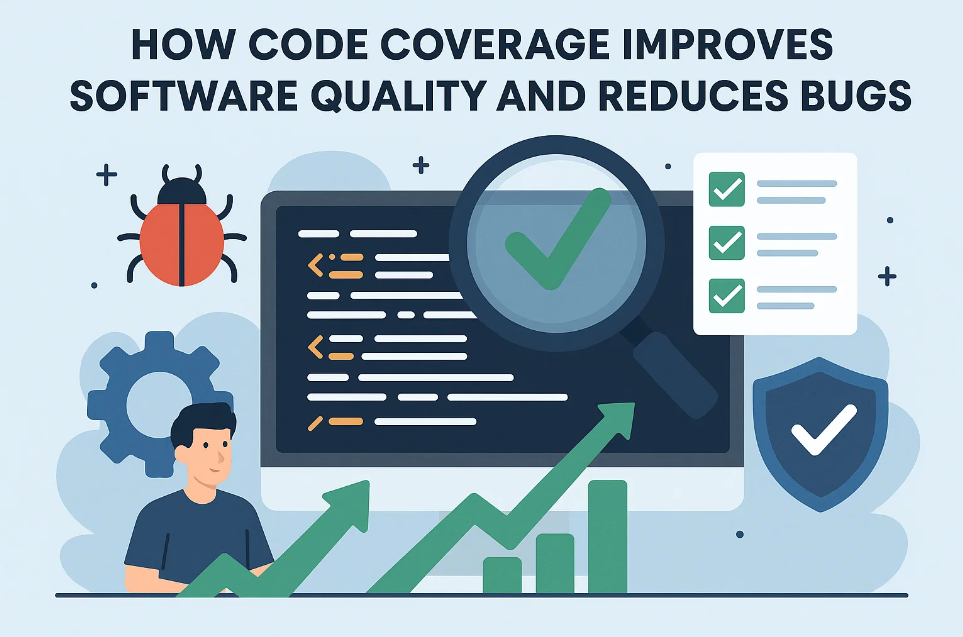When it comes to safeguarding your most valuable asset, it is crucial to protect your home with insurance. Your home is not only a place of comfort and security but also a significant financial investment. Unexpected events such as fire, theft, water damage, natural disasters, or accidents can lead to substantial losses. Home insurance offers a financial safety net, ensuring that you can recover and rebuild without bearing the full cost yourself. By understanding how home insurance works and what to look for in a policy, homeowners can make informed decisions that provide maximum protection.
What is Home Insurance?
Home insurance, also known as homeowners insurance, is a type of coverage designed to protect both the physical structure of your home and the personal belongings inside it. While policies vary by provider and location, most home insurance policies cover several key areas:
-
Structural Coverage: This protects the home itself, including walls, roof, floors, and foundation. If your home suffers damage from covered events such as fire, storm, or vandalism, the insurance helps pay for repairs or rebuilding.
-
Personal Property Coverage: This protects your belongings such as furniture, electronics, clothing, jewelry, and appliances. Depending on the policy, coverage can extend to belongings even when they are temporarily away from your home.
-
Liability Protection: Liability coverage is designed to protect you financially if someone is injured on your property or if you accidentally cause damage to someone else’s property. It can help cover legal fees and medical costs.
-
Additional Living Expenses: If your home becomes uninhabitable due to a covered event, this part of the policy helps cover temporary housing costs, meals, and other living expenses.
Understanding these coverage areas is the first step in making sure your home and belongings are fully protected.
Why Home Insurance is Important
Many homeowners underestimate the importance of home insurance, assuming that disasters or accidents are unlikely. However, the reality is that damage can occur at any time, and the cost of repairs or replacement can be overwhelming. Here’s why home insurance is essential:
-
Financial Protection: Without insurance, homeowners must pay out-of-pocket for damages, which can run into tens or even hundreds of thousands of dollars.
-
Peace of Mind: Knowing your home and belongings are covered allows you to live without constant worry about potential disasters.
-
Mortgage Requirement: Many lenders require homeowners to have insurance as a condition of the mortgage, protecting both the lender and the borrower.
-
Protection Against Liability: Home insurance helps protect against lawsuits in case someone gets injured on your property, saving you from potentially devastating financial consequences.
Factors to Consider When Choosing a Home Insurance Policy
Choosing the right home insurance policy requires careful evaluation of your needs, the value of your property, and the types of risks you face. Key factors to consider include:
Coverage Limits
Your policy should provide adequate coverage to rebuild your home completely and replace all personal belongings. It’s important to consider the full replacement cost rather than just the market value, which may not reflect current rebuilding costs.
Deductibles
A deductible is the amount you pay out-of-pocket before your insurance kicks in. Choosing a higher deductible can lower your premiums but increases your immediate financial responsibility in the event of a claim.
Exclusions and Add-Ons
Not all events are covered under a standard home insurance policy. Common exclusions include floods, earthquakes, and routine wear and tear. Depending on your location, you may need to purchase additional coverage for these risks.
Premium Costs
While it may be tempting to choose the cheapest policy, it’s important to balance affordability with comprehensive coverage. Consider the reputation of the insurance provider, claim handling process, and customer service along with the premium cost.
Common Home Insurance Claims and Statistics
Understanding which events most often lead to claims can help homeowners prioritize coverage. According to industry data:
-
Water damage and freezing: One of the most frequent claims, often due to burst pipes or appliance malfunctions.
-
Theft and vandalism: Burglaries account for a significant number of claims each year.
-
Fire and smoke damage: Fires, both large and small, remain a leading cause of major claims.
-
Natural disasters: Storms, hail, and wind damage are common, depending on your region.
Being aware of these risks helps homeowners make sure their policy covers likely scenarios, reducing the chance of unexpected financial strain.
Common Mistakes Homeowners Make
Many homeowners make errors when selecting insurance, which can leave them underprotected:
-
Underestimating Coverage Needs: Using market value instead of replacement cost can result in insufficient coverage.
-
Ignoring Exclusions: Failing to review exclusions can lead to denied claims for floods, earthquakes, or mold.
-
Not Updating Policies: Renovations, home improvements, and new purchases should be added to your coverage.
-
Focusing Only on Premiums: Choosing the cheapest plan can compromise protection; reliability and claim service matter.
Avoiding these mistakes ensures your home insurance serves its purpose effectively.
Additional Tips for Maximum Protection
-
Emergency Preparedness: Keep emergency kits, fire extinguishers, and first-aid supplies ready to minimize damage and risk to family members.
-
Seasonal Maintenance: Inspect roofs, gutters, and drainage systems before extreme weather seasons.
-
Neighborhood Awareness: Stay informed about local crime rates, storm patterns, and safety initiatives; this can influence both risk and insurance rates.
-
Policy Comparisons: Regularly compare policies to ensure your coverage remains comprehensive and competitive.
Tips to Maximize Home Protection
There are proactive steps homeowners can take to minimize risks and ensure they are fully covered:
-
Document Your Belongings: Keep a detailed inventory of all possessions, including photos, receipts, and serial numbers. This makes filing a claim easier and more accurate.
-
Enhance Home Security: Install security systems, smoke detectors, fire alarms, and surveillance cameras. Not only do these reduce risks, but they may also lower insurance premiums.
-
Maintain Your Home: Regular maintenance, such as clearing gutters, servicing heating systems, and repairing leaks, can prevent damage and reduce the likelihood of costly claims.
-
Review and Update Your Policy: Life changes, renovations, and new purchases can affect coverage needs. Regularly reviewing your policy ensures that you have adequate protection at all times.
Understanding Additional Coverage Options
While standard home insurance policies cover many risks, there are optional add-ons that can enhance protection:
-
Flood Insurance: Standard policies typically do not cover flood damage. If you live in a flood-prone area, this is essential.
-
Earthquake Insurance: Necessary in regions with seismic activity.
-
Valuable Items Coverage: For high-value items such as jewelry, art, or collectibles that exceed standard policy limits.
-
Home Business Coverage: If you run a business from home, additional coverage may be required to protect business equipment and liability.
Understanding these options allows homeowners to tailor coverage to their specific needs, ensuring no gaps exist in protection.
Conclusion
Protecting your home is one of the most important steps in securing your financial well-being. By choosing the right home insurance, understanding coverage limits, and taking proactive measures to reduce risks, homeowners can safeguard their property and belongings against unexpected events. A trusted provider, such as IGI Insurance, offers comprehensive home insurance solutions designed to provide peace of mind and financial security. With proper planning and coverage, you can confidently protect your home and everything inside it.



Leave a Reply